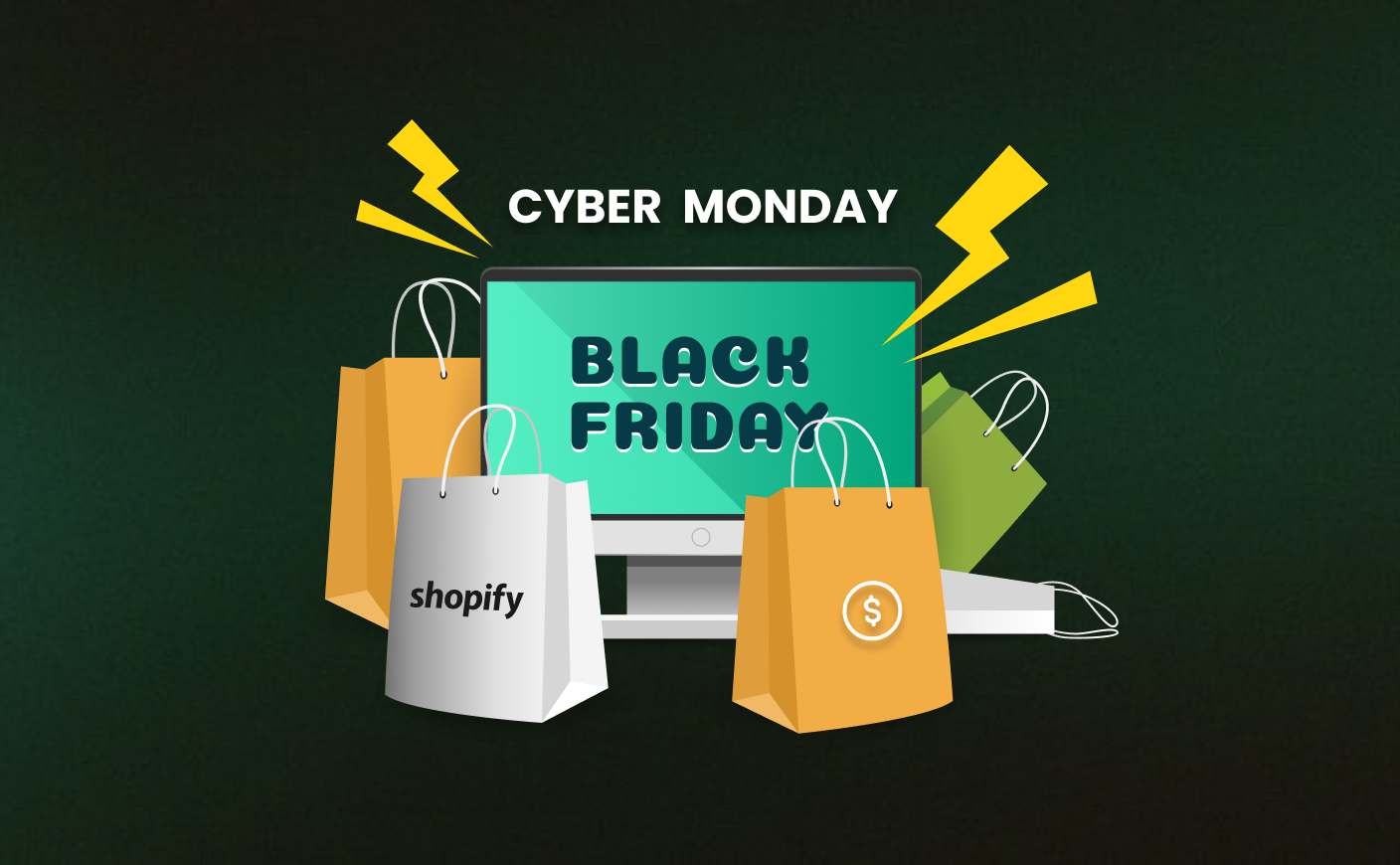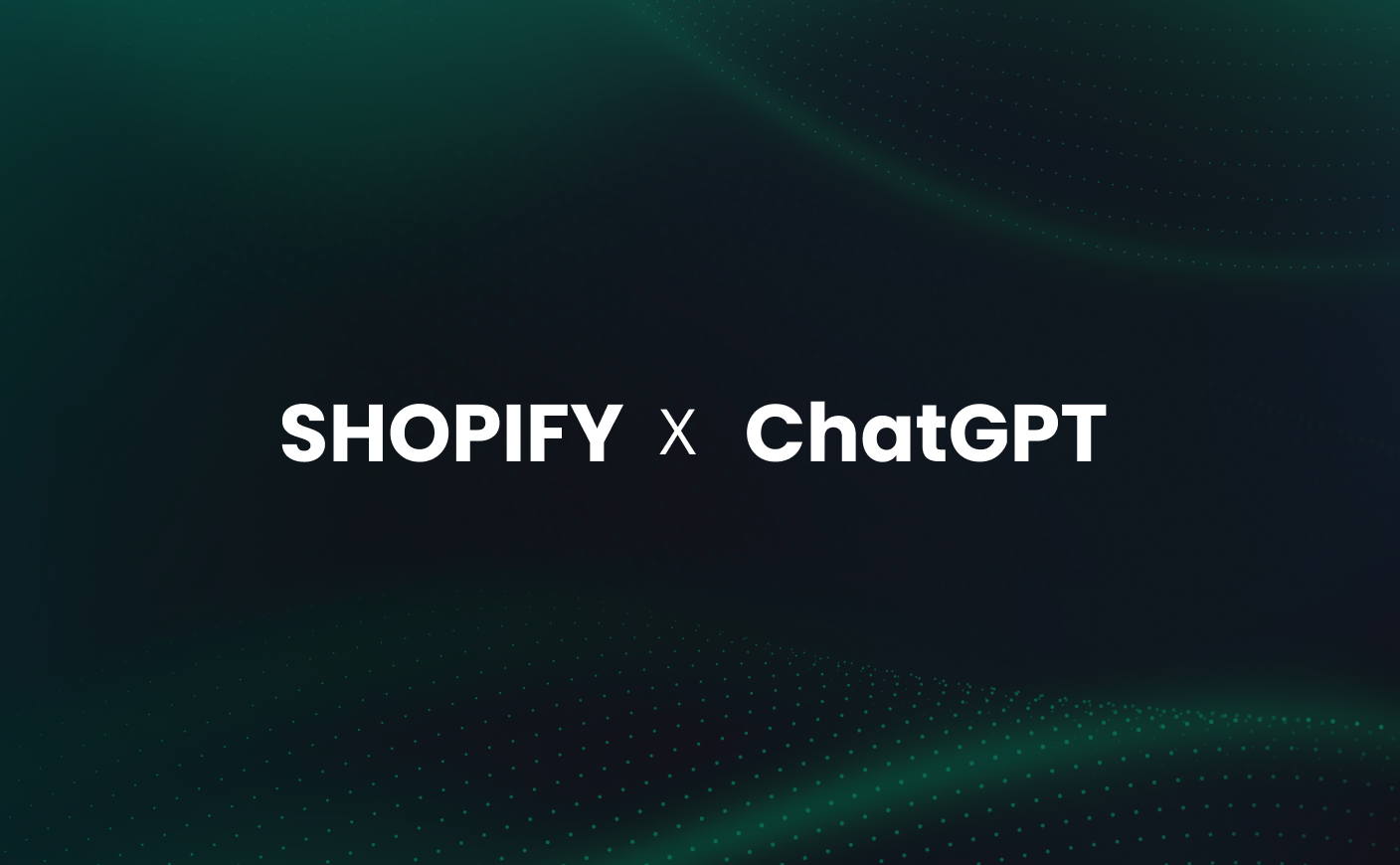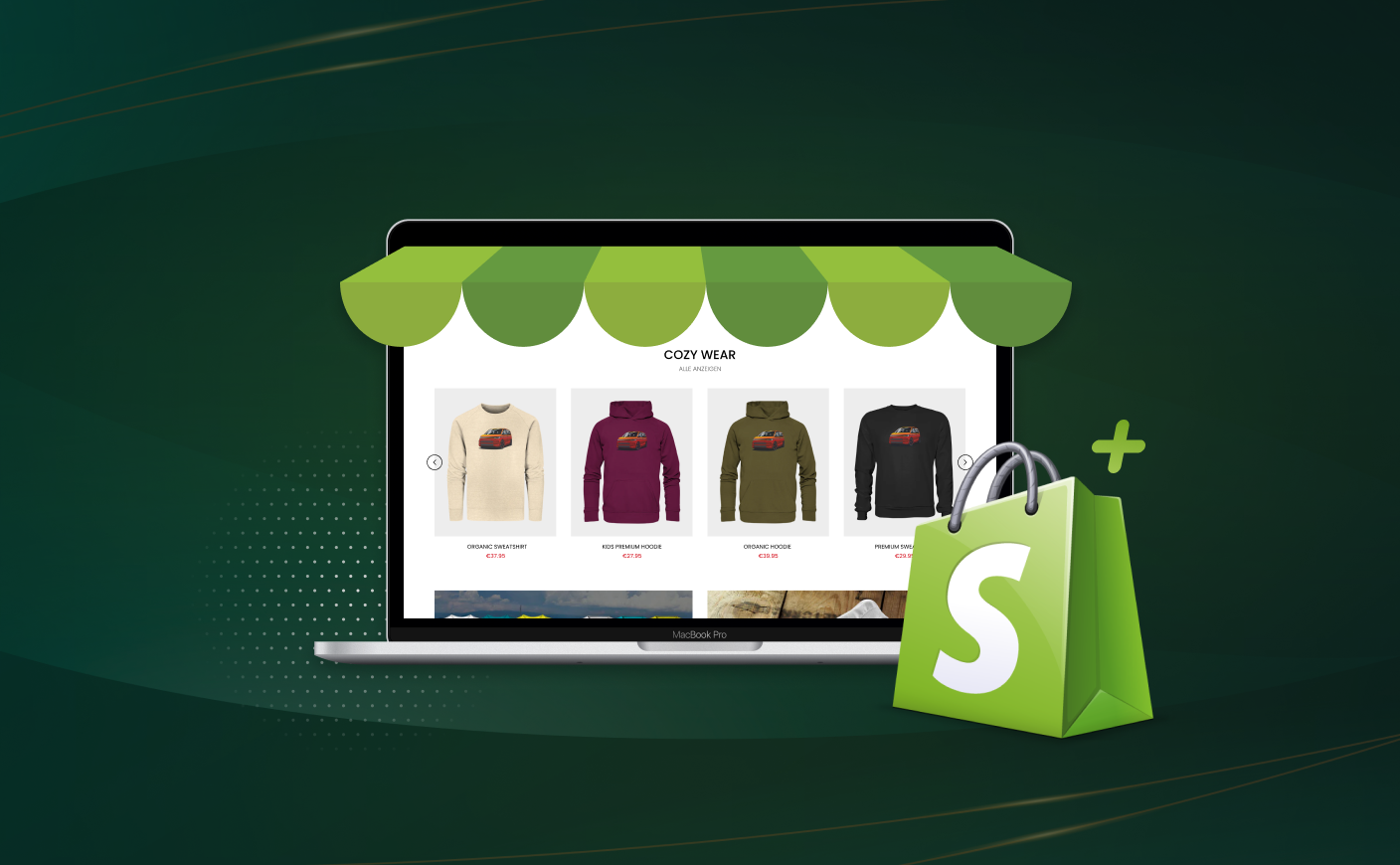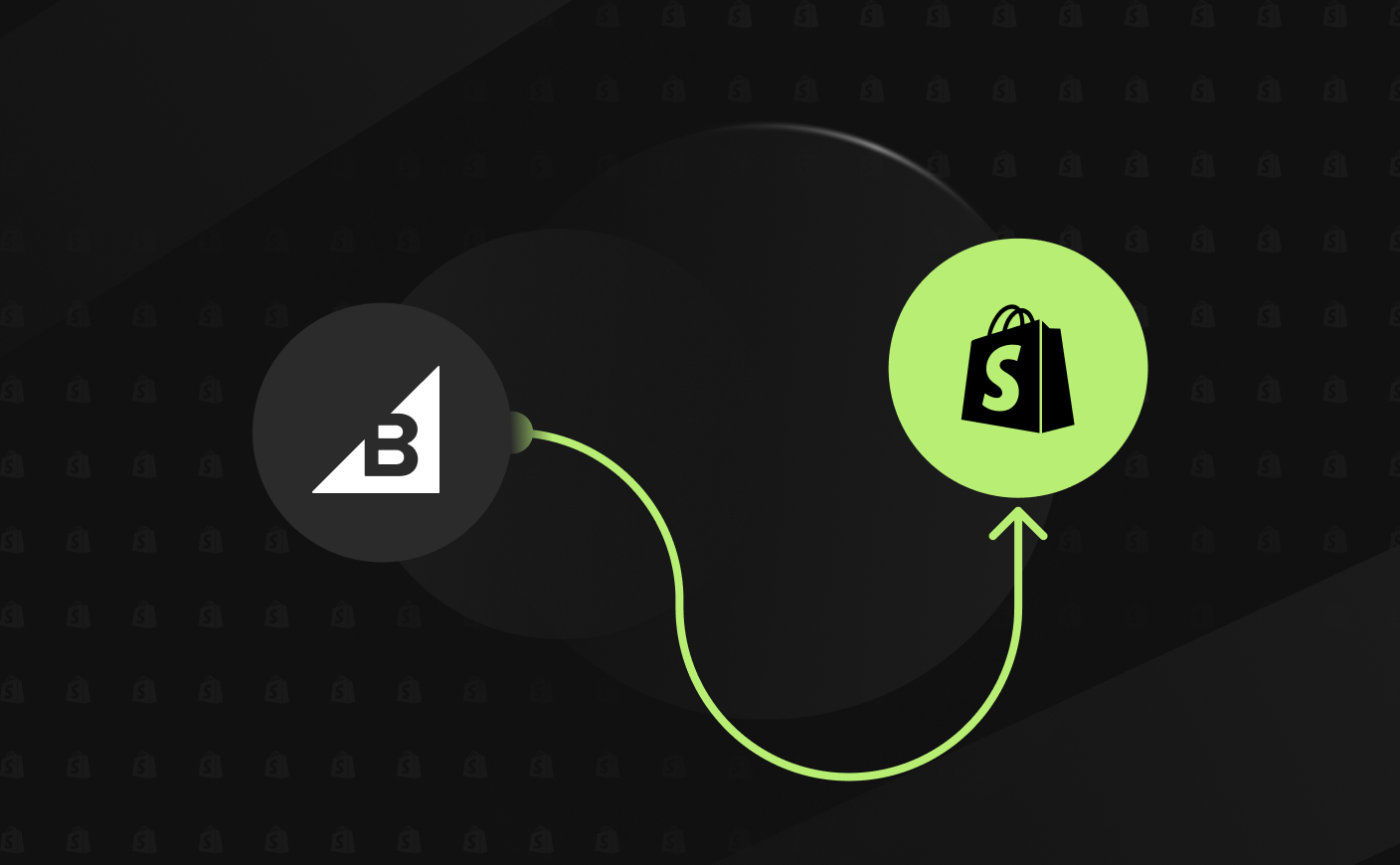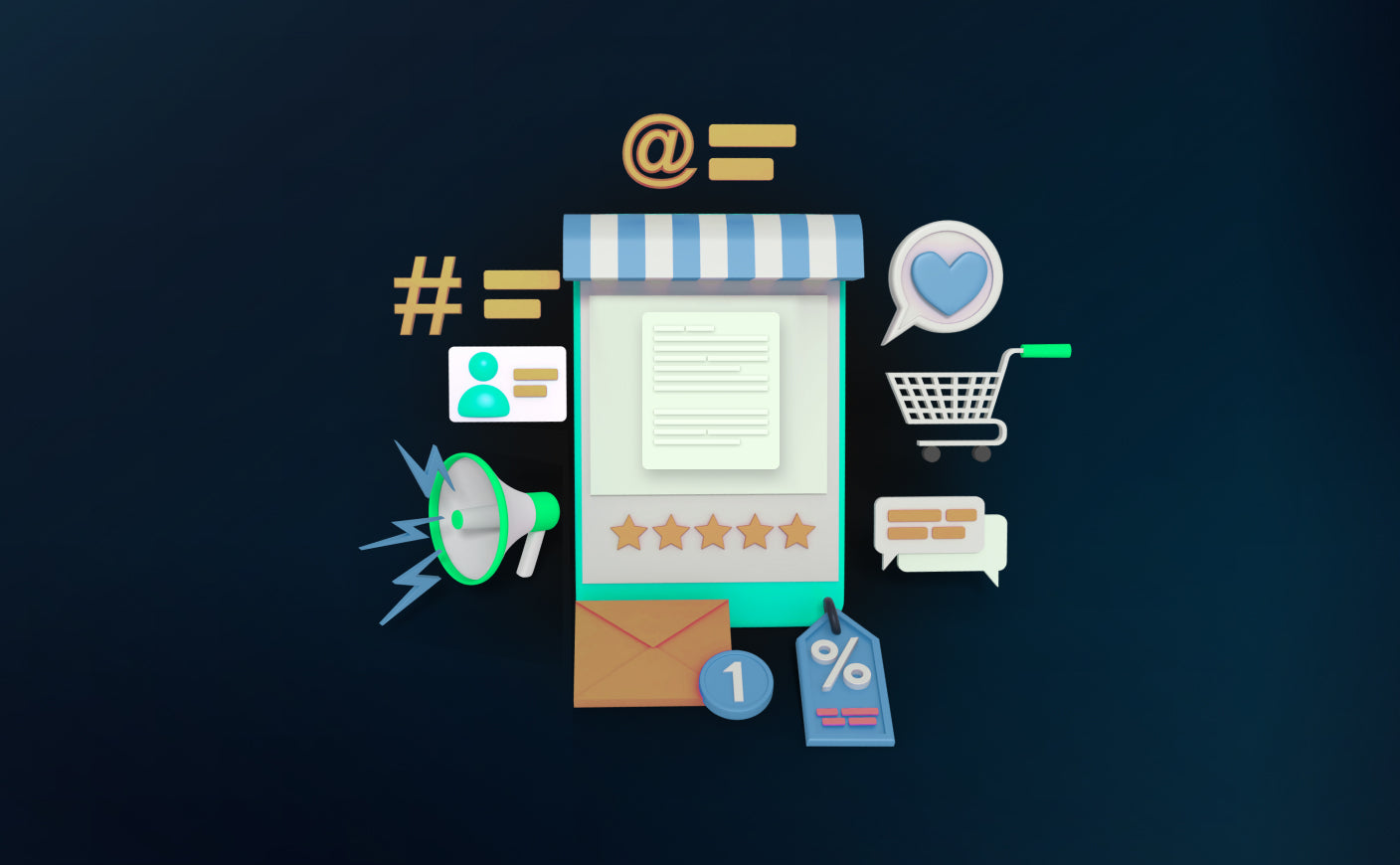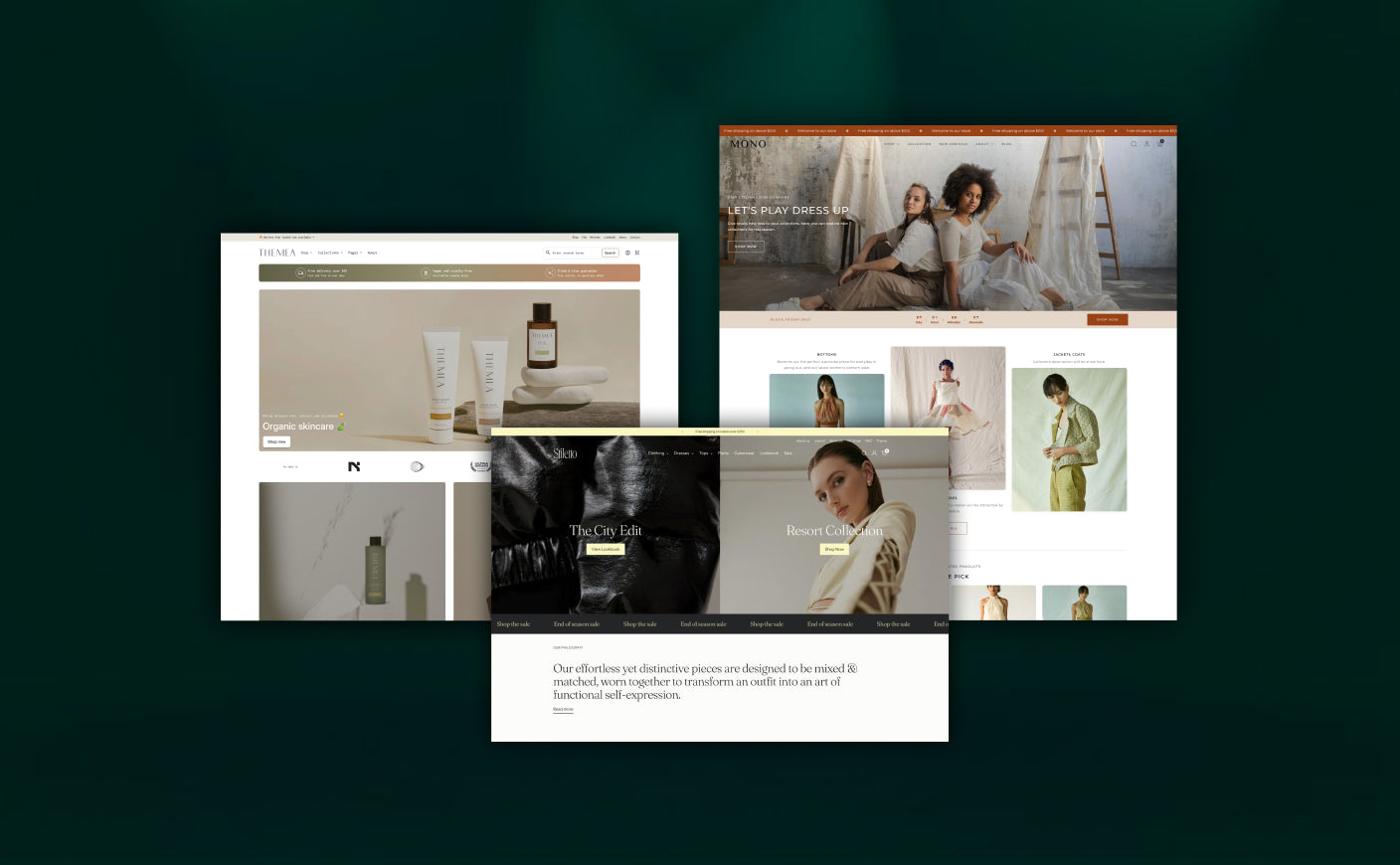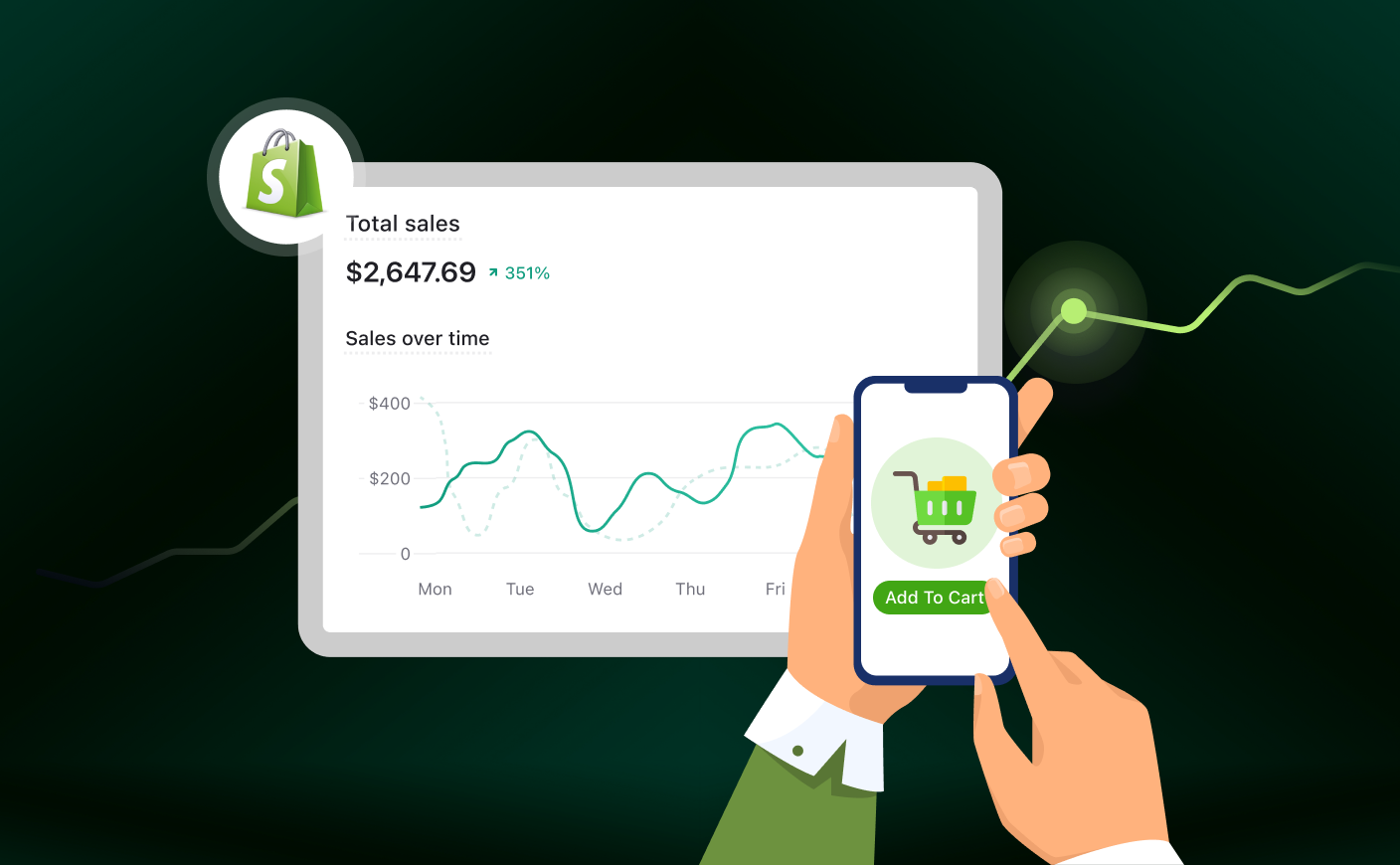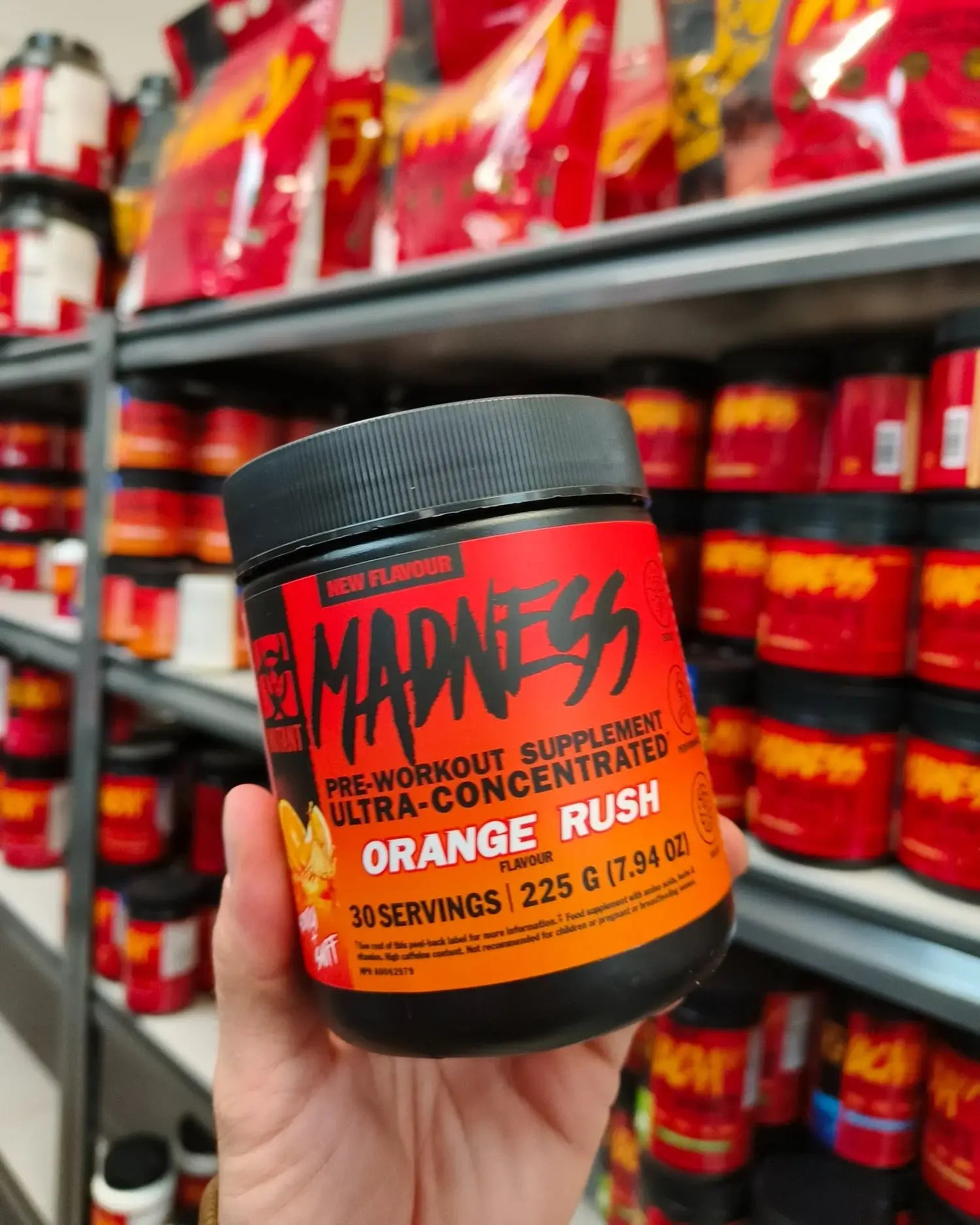A Complete Guide to Split Testing Your Pricing Strategy
Consultany
E-commerce
Pricing Strategy
Shopify Development
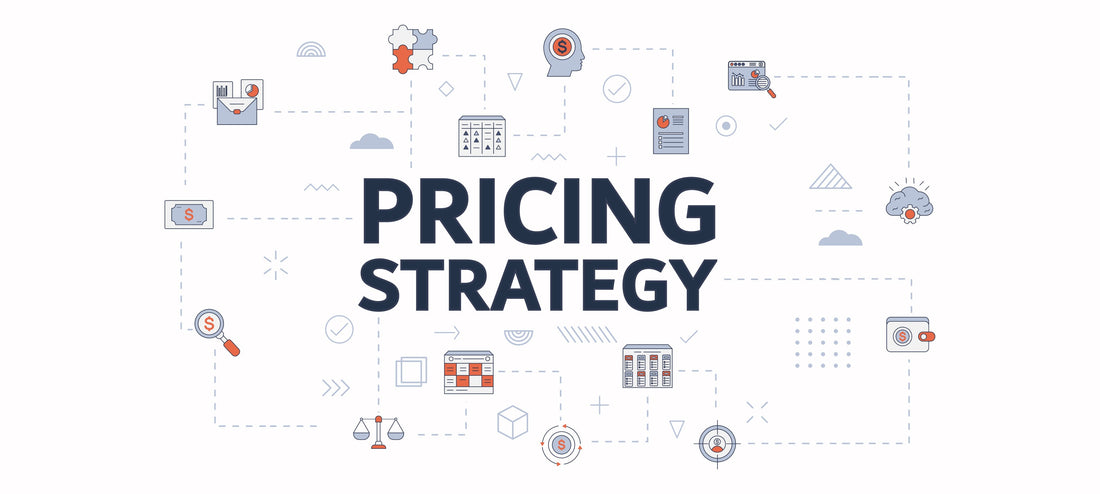
Pricing is a crucial strategy for expanding an organization, yet it's frequently disregarded. Studies reveal that brands can improve gross earnings by as much as 6% only by putting a pricing testing strategy into practice.
It is only fair to say that you could be losing out on substantial revenue prospects if you don't test.
However, how to know when to split tests on your pricing strategy?
In this blog, we'll provide practical tips to help you identify the right strategies for effective split testing in your retail operations.
Why To Split Test Your Pricing Strategy?
Split testing, often known as A/B testing is an effective way of increasing revenue that compares two different pricing models to see which works better than the other. You can precisely evaluate changes in conversion rates and sales by separately running each model for a predetermined amount of time.
This data-driven approach helps to significantly boost overall profit of your ecommerce store.
Studies show that a mere 1% change in price can result in a 8.7% increase in operating profitability. However, there could be significant financial losses if data-driven testing is not used to optimize pricing.
How To Split Test Your Pricing Strategy?
There are a number of ways in which you can split test your pricing for your ecommerce store.
1. Establish Your Pricing Factors
Decide which particular components of your pricing strategy you wish to test. This applies to the initial price, special offers, discounts, or any other marketing strategies. Select factors and metrics that support your company's goals. For instance, you can play with various bundling strategies if your goal is to raise average order value (AOV).
Pro Tip: Think outside the box! In addition to price adjustments, you can experiment with shipping offers like “free shipping with a minimum purchase” or loyalty program discounts to see how they influence customer behavior.
Also read: Shopify summer editions 2024.
2. Choose Items for Inspection
Choose products that are appropriate for A/B testing. Take into account recently introduced products, underperforming ones, and those for which you are not fully certain of the best price.
Pricing can be a delicate element in the consumer packaged goods (CPG) sector. You can use split testing to determine which pricing will maximize profits for each product.
3. Establish Test Groups
Separate your traffic into two groups: a test group and a control group. The test group will see a new pricing variation, while the control group will see the old pricing.
Thus by using a multivariate testing strategy, you can examine different variables within each group. For instance, you can compare a price with free shipping against a discount with flat shipping.
Pro tip: Instead of simply testing price differences, you can assess how adding value through improved product features or exclusive offers can impact customer willingness to pay.
4. Carry out the test
Throughout the test, keep an eye on important indicators like total sales, average order value, and conversion rates. Examine how various price differences affect these measures. Assess whether lowering pricing increases conversions or the sales impact justifies a possible decline in profits. Do not forget to keep an eye on user preferences and behaviour.
Pro Tip: Keep testing over time, especially during different seasons or promotional periods, to gauge customer response to price changes in varied contexts.
5. Examine and Improve
After the test, carefully analyze the data and adjust your pricing strategy accordingly. Regular reviews are essential to stay competitive and meet customer expectations. Take into account factors like market conditions, seasonal trends, and your competitors’ actions. Always keep your customer experience front and center.
An iterative approach to pricing—testing, analyzing, and optimizing—is key to improving profitability in the long run.
Also read: How to choose the best Shopify plus agency.
Use Cases Of Split Testing By Leading Brands
A/B pricing Testing enables companies to determine the best price point. By carefully analyzing the responses of different client groups to different price changes, businesses can make data-driven judgments through controlled experiments. It also leads to more smart pricing strategies and eventually higher income.
This marketing strategy also ensures that any changes are carefully considered before being fully implemented. Thus it also reduces the risks associated with price volatility.
Use case 1: Tesla’s Dynamic Pricing for EVs
In 2024, Tesla launched a dynamic pricing approach for its EVs that takes into account manufacturing rates, user demand, and local incentives. Using real-time data, Tesla adjusted the prices of its EV models to reflect market conditions while maintaining its position as a leader in affordable, high-performance electric vehicles.
Impact:
Through A/B testing, Tesla experimented with different pricing for various regions. In high-demand cities, Tesla increased prices slightly without losing customers, while in more competitive markets, it used discounts and promotions to boost sales, leading to better revenue and market penetration.
Takeaways:
Real-time data can optimize prices based on market dynamics.
Pricing strategies can be tailored to regional demand and competition.
Use case 2: Spotify’s Subscription Price Test
Early in 2024, Spotify ran an A/B test to see how pricing hikes affected its Premium subscriptions. Along with offering a bundle that featured premium services and unique content, the company experimented with slightly raising subscription fees for consumers in a few markets.
Impact:
The test found that while the price hike resulted in a small decline in subscriber growth in some markets, the bundle offer generated greater engagement and higher Average Revenue Per User (ARPU). It also showed that offering personalized content and exclusive benefits could mitigate the loss of subscribers due to price hikes.
Takeaways:
Bundling and exclusive content can cushion the impact of price increases.
A/B testing can identify the optimal price point that maximizes both engagement and revenue.
Use case 3: Instacart’s Free Delivery vs. Discount Test
In 2024, grocery delivery service Instacart ran A/B tests comparing the impact of offering free delivery with orders over a certain amount versus giving a flat discount on the order total. The aim of this study was to determine which approach would result in increased cart value and client retention.
Impact:
The results showed that free delivery promotions led to a significant increase in cart size and customer loyalty, as users felt they were receiving a tangible benefit. However, the discount method worked better for attracting new customers who were sensitive to price.
Takeaways:
Offering incentives like free delivery can encourage larger purchases.
Different pricing strategies may be needed to retain existing customers versus attracting new ones.
Use case 4: Apple’s iPhone Trade-In Pricing Strategy
Apple, in 2024, used A/B testing to optimize its trade-in program for older iPhones. They tested various trade-in values to determine which offers led to higher customer participation in upgrading to newer models.
Impact:
Apple found that offering slightly higher trade-in values for older models generated a higher response rate and increased the number of new iPhone purchases. This strategy not only boosted iPhone sales but also enhanced customer satisfaction, as consumers felt they were getting value for their older devices.
Takeaways:
Trade-in offers can be a powerful tool for encouraging product upgrades.
Slight adjustments to pricing can lead to increased customer loyalty and sales.
Frequently Asked Questions
What’s the main purpose of split testing pricing?
The key aim is to find a price point that maximises profits while keeping customers satisfied and loyal.
How long should a pricing split test be conducted?
The duration depends on factors like customer base size and the length of your sales cycle. Typically, it should run for several weeks to ensure enough data is collected for meaningful insights.
What are common mistakes when split testing pricing?
Using a sample size that's too small, leading to inaccurate conclusions.
Overlooking seasonal or external factors that might skew customer behavior.
Failing to account for customer segments, resulting in one-size-fits-all pricing that misses opportunities for personalization.
CrawlApps
At CrawlApps, we don’t just build Shopify stores—we create experiences that sell. We’re a bunch of problem-solvers who love turning ideas into stores that actually converts. Whether it’s fixing what’s broken or building something from scratch, we make sure every detail works in your favor. No fluff, no jargon—just real solutions that help your business grow. If you’re serious about Shopify, you’ll feel right at home with us.



